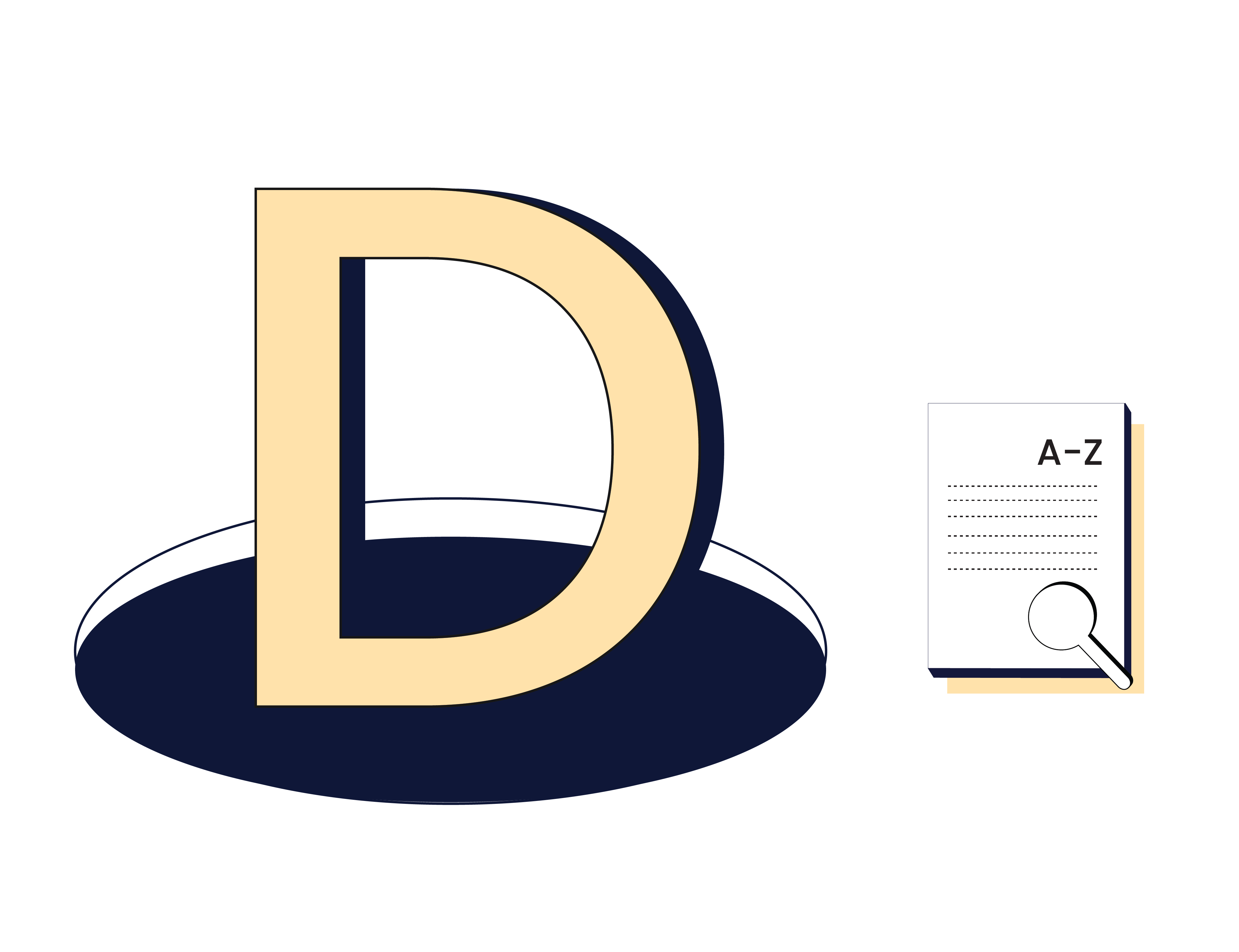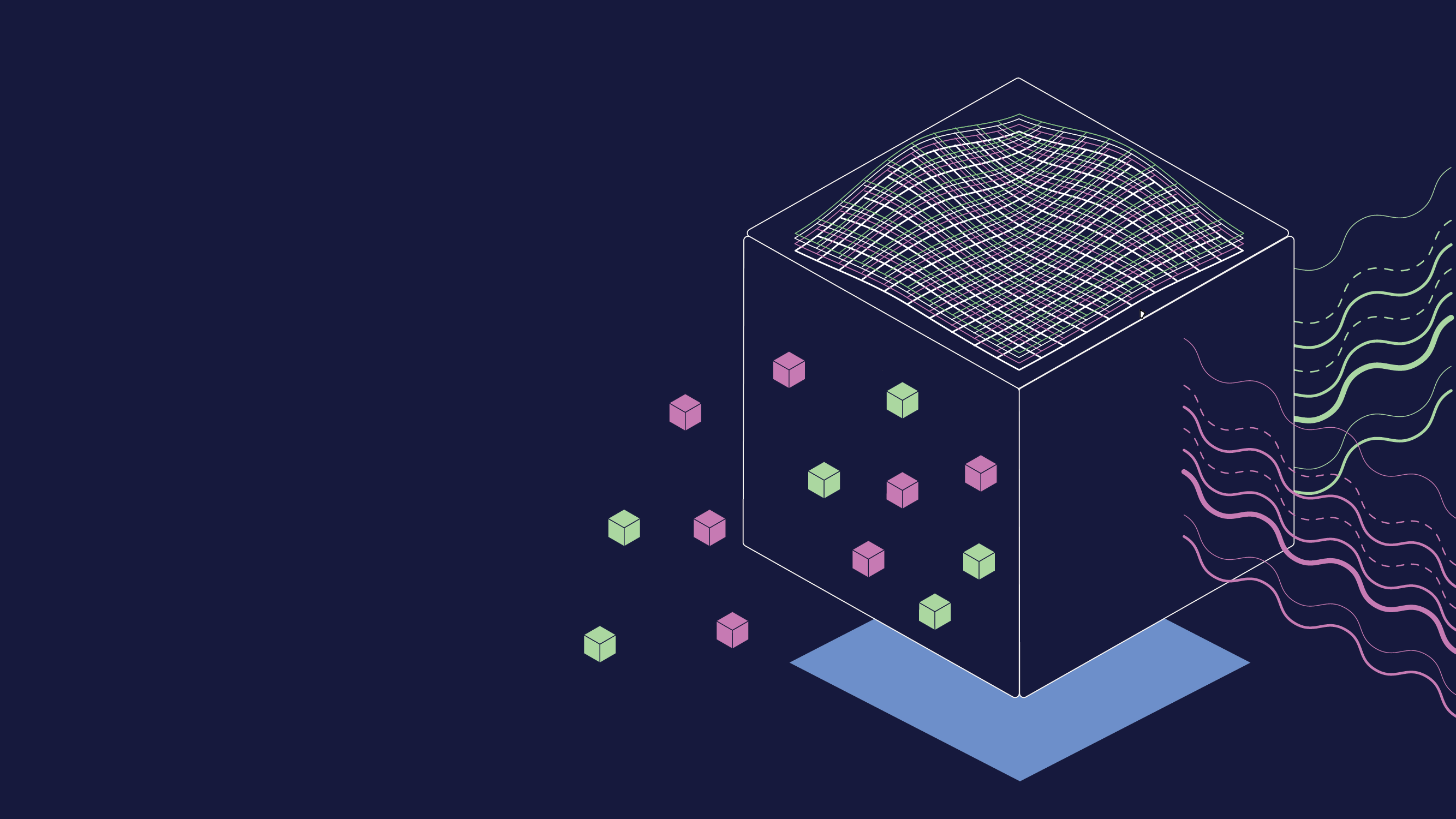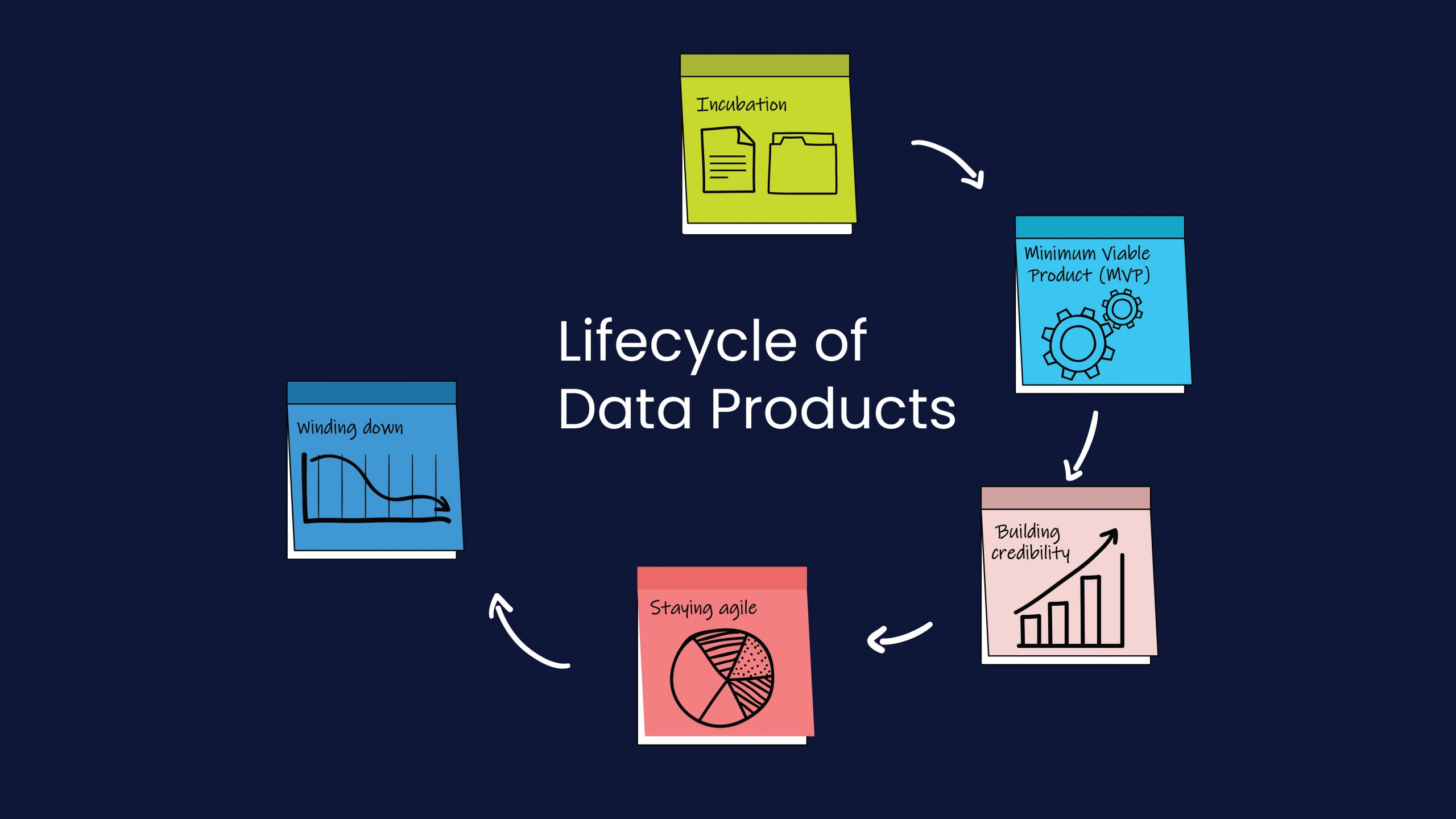Data Fabric

What is data fabric?
Data fabric is a term used to describe an architecture that enables seamless integration and access to data across various systems and platforms. It is a comprehensive approach that aims to simplify data management by providing a unified view of data, regardless of its location or format. The concept of data fabric is particularly relevant in today’s digital age, where organizations are dealing with increasing volumes of data from various sources.
Data fabric acts as a virtual layer that sits on top of existing data infrastructure, enabling organizations to gain real-time insights and make informed decisions. It provides a consistent and secure way to access, manage, and analyze data, regardless of whether it is stored in on-premises systems, cloud environments, or hybrid infrastructures. By creating a unified data fabric, organizations can eliminate data silos and enable seamless data integration and collaboration across departments.
One of the key benefits of implementing a data fabric is improved data agility. With a data fabric in place, organizations can quickly adapt to changing business needs and leverage their data assets more effectively. Data fabric enables organizations to easily discover and access relevant data, regardless of where it resides, and combine it with other sources to derive valuable insights. This agility helps organizations respond faster to market trends, customer demands, and competitive pressures.
Another advantage of data fabric is enhanced data governance and security. With a centralized view of data, organizations can establish consistent policies and controls for data management. Data fabric enables organizations to define and enforce access controls, monitor data usage, and ensure compliance with regulatory requirements. This level of governance and security is crucial in today’s data-driven world, where organizations are increasingly concerned about protecting sensitive information and maintaining the privacy of their customers.
In conclusion, data fabric is a powerful concept that offers organizations the ability to create a unified view of their data assets. By integrating disparate data sources and providing a virtual layer of abstraction, data fabric enables organizations to gain real-time insights, improve agility, and enhance governance and security. As organizations continue to generate and consume vast amounts of data, implementing a data fabric architecture becomes increasingly important for staying competitive in the digital age.
Related Resources

Data Fabric: Unraveling the Future of Integrated Data Management
Scene 1: Picture waking up to the soft strumming of the acoustic guitar on Bon Iver’s “Holocene”, a song recommendation from Spotify based on your recent obsession with indie folk. Scene 2: As you sip your morning coffee, you scroll through your Amazon app, noticing a recommendation for a book on “Modern Folklore and Music.” […]
Read More
From Raw Data to Revolutionary Insights: A Deep Dive into Data Product Architecture
The Oakland Coliseum was abuzz, the air thick with anticipation. In the dimly lit back office, Billy Beane, the General Manager of the Oakland Athletics, sat hunched over a cluttered desk. Papers were strewn everywhere, but Billy’s focus was on a single sheet filled with numbers, statistics, and player names. The Athletics, with one of […]
Read More
Data Product Lifecycle: Evolution and Best Practices
Data products have exploded in popularity over the last few years. As an industry, we are where the automobile industry was around the turn of the 20th century. We are slowly transitioning from building hand-crafted, exclusive products for Big Tech customers to widespread commoditization. Soon, efficiency, maintenance, standards, and assembly lines are going to be […]
Read MoreStay updated on the latest and greatest at Scribble Data
Sign up to our newsletter and get exclusive access to our launches and updates


